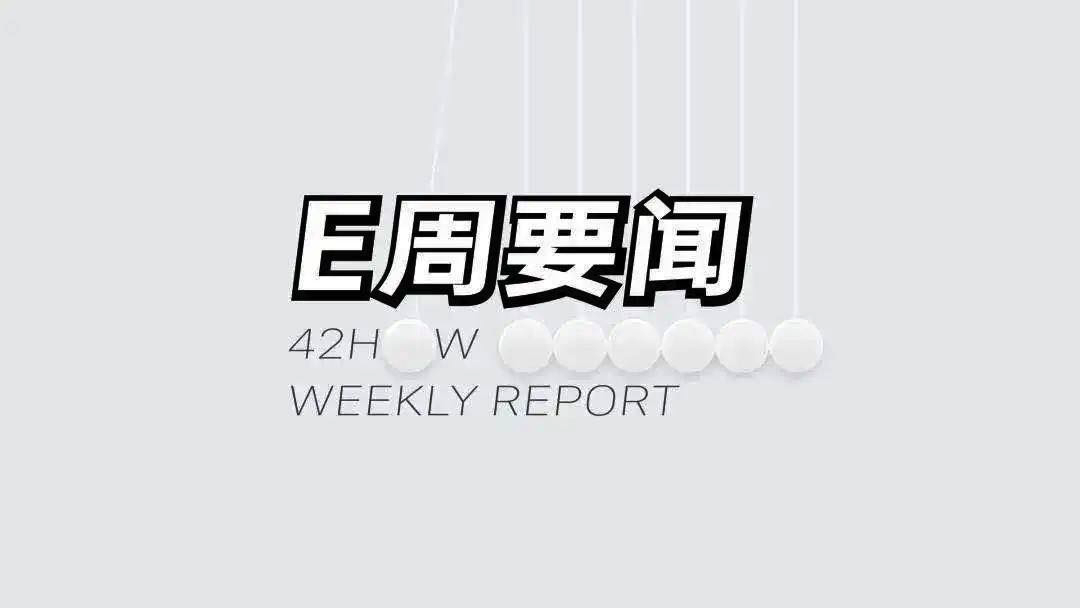The content of this article is sourced from 42how and has been translated by ChatGPT
Weekly Indices
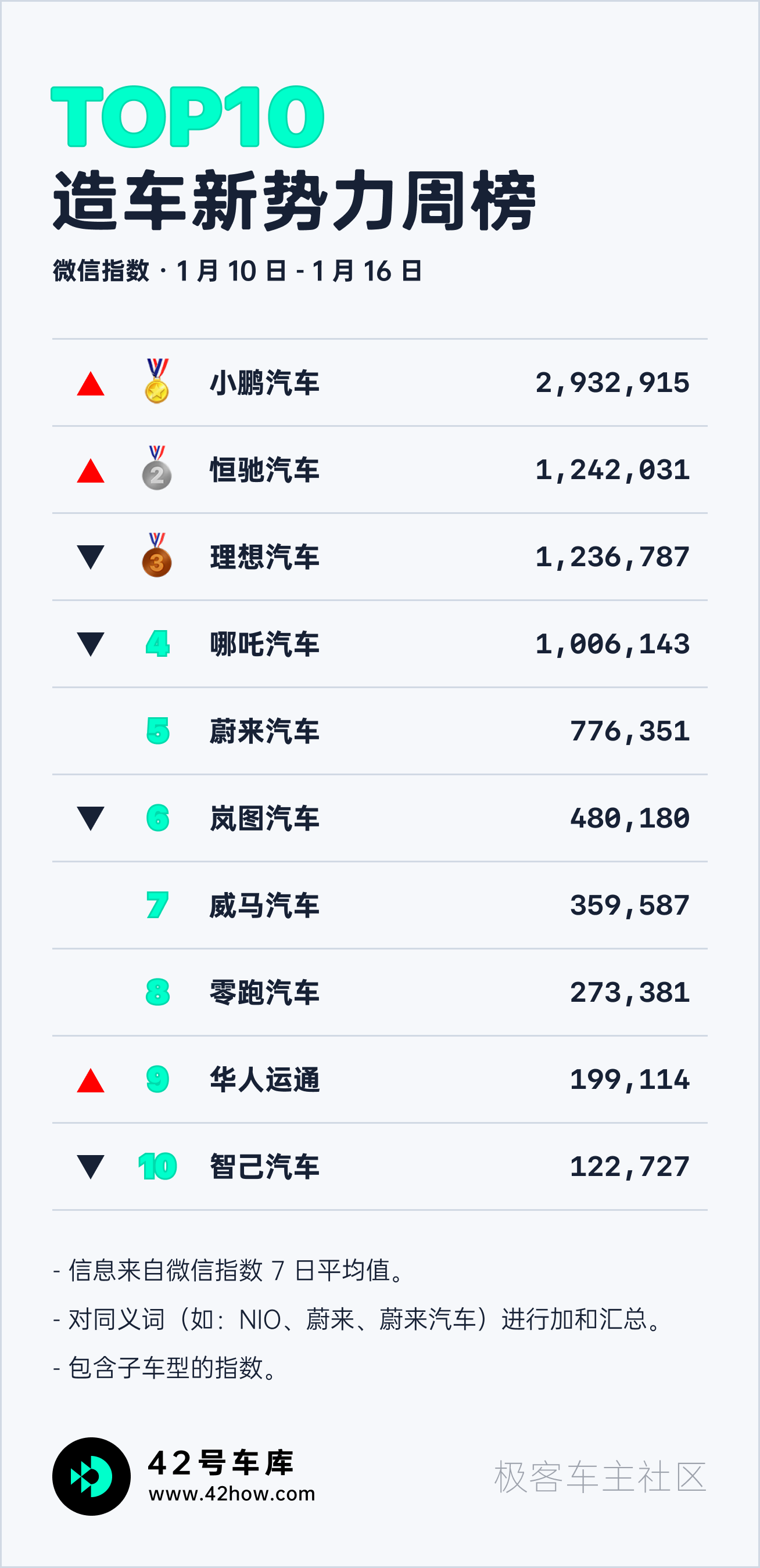
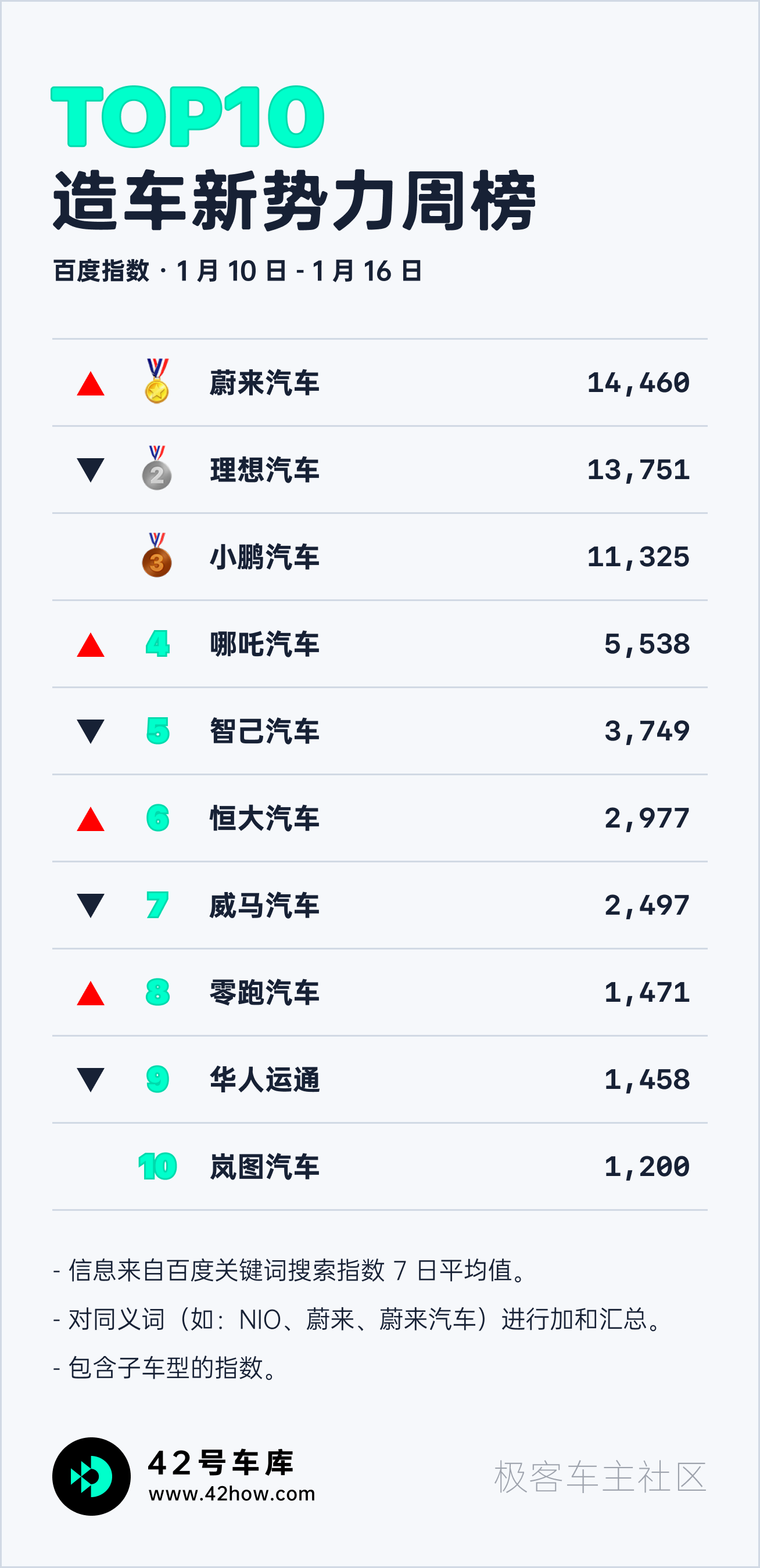
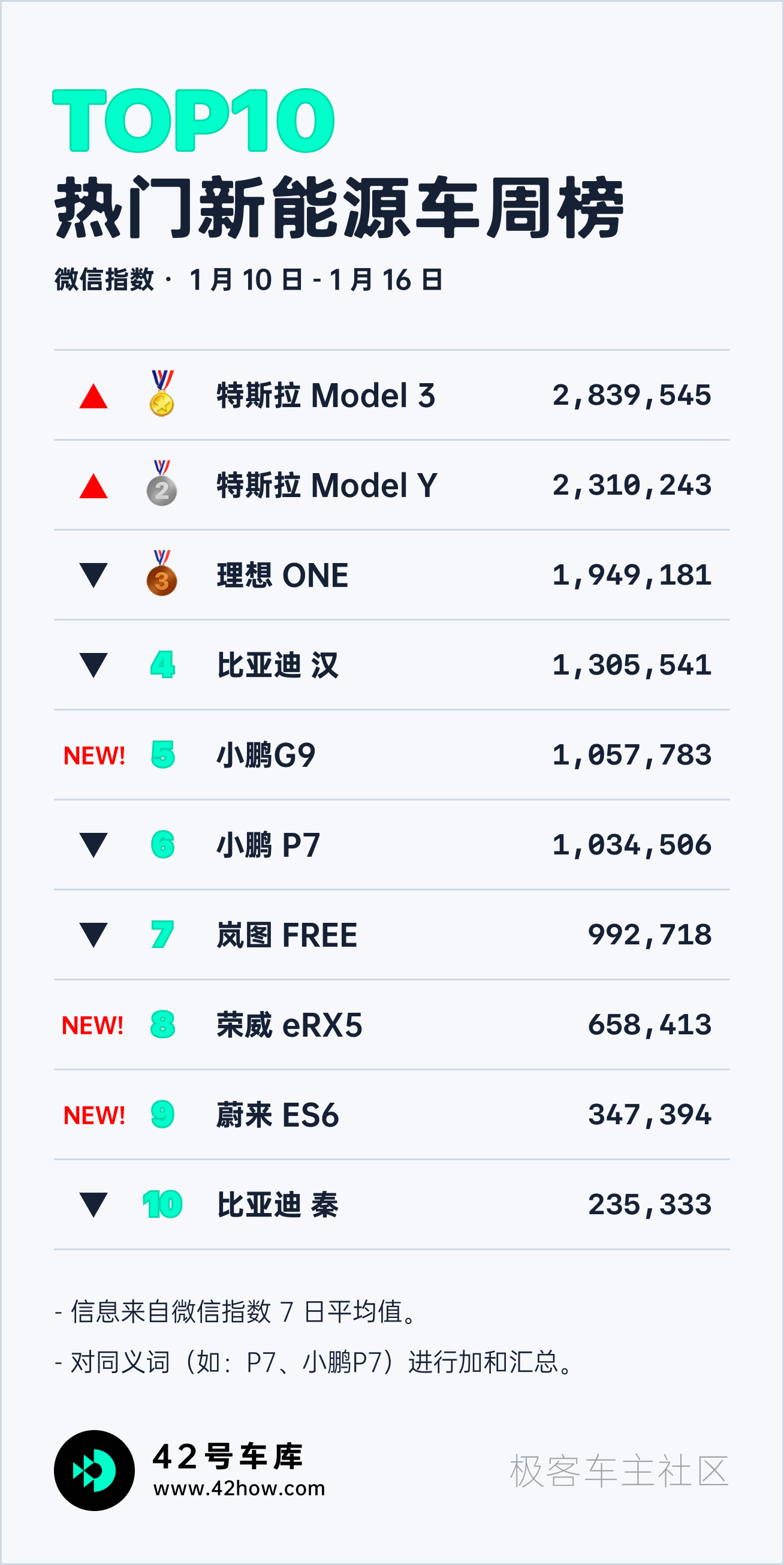
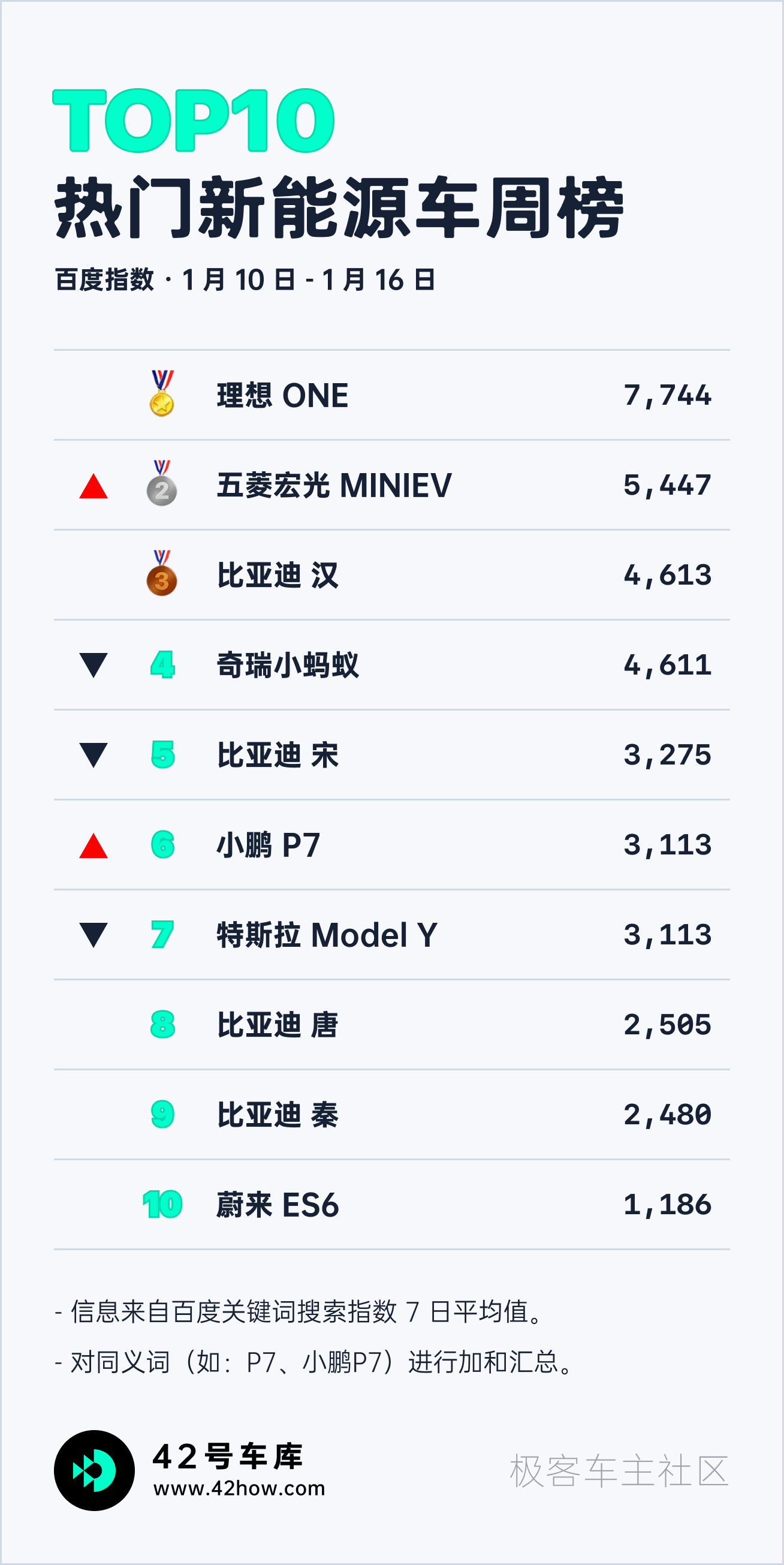
Weekly News
China Association of Automobile Manufacturers releases December 2021 sales data
On January 11, China Association of Automobile Manufacturers released December 2021 sales data. The wholesale sales volume of new energy vehicles in China in December was 505,000 units, an increase of 138.9% YoY and a MoM growth of 17.8%. The wholesale sales volume of new energy passenger vehicles in China for the whole year of 2021 reached 3.312 million units, an increase of 181% YoY, and the wholesale penetration rate was 15.7% for the whole year of 2021.
In December, 14 companies sold more than 10,000 new energy vehicles, among which the top five are:
-
BYD with 93,338 units
-
Tesla with 70,847 units
-
SAIC-GM-Wuling with 60,372 units
-
Great Wall with 20,926 units
-
Chery with 20,501 units
The retail penetration rate of new energy vehicles reached 22.6% in December, with a penetration rate of 35.2% for independent brands.
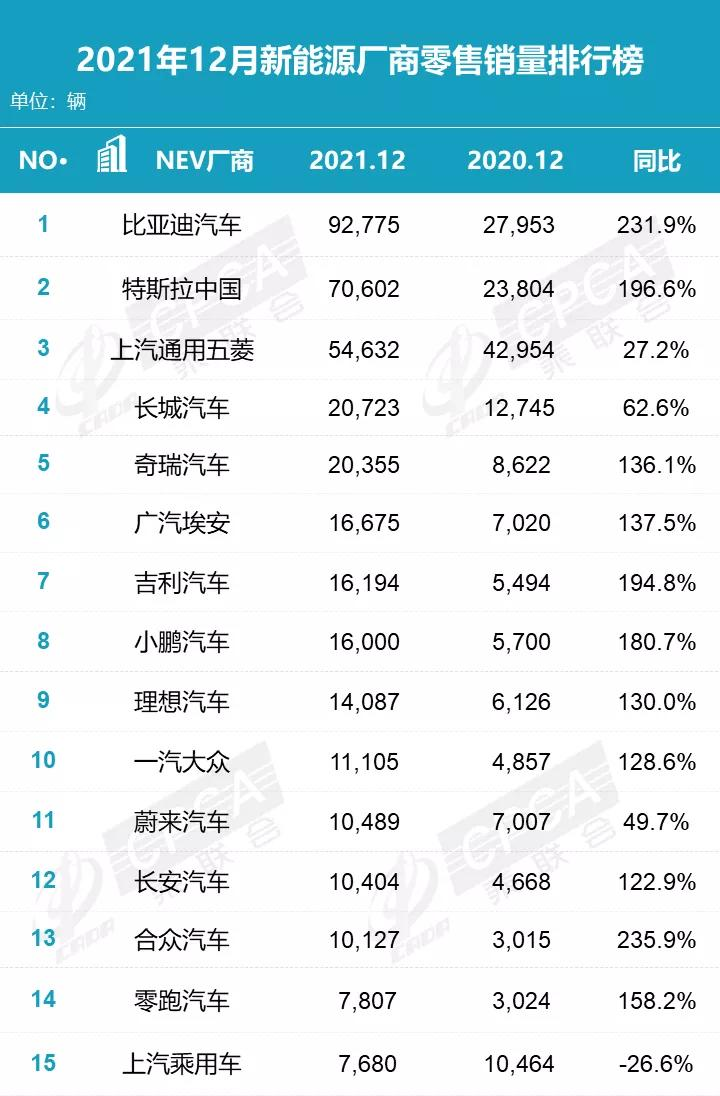
Regarding Tesla’s Shanghai factory, a total of 484,100 vehicles were delivered in 2021, an increase of 235% YoY. The sales volume in December exceeded the original planned capacity limit with more than 70,000 units delivered. Tesla Shanghai factory delivered over 160,000 vehicles overseas in 2021, of which more than 130,000 were Model 3.
Quick Comment:
China’s new energy vehicle market was hot from the beginning to the end of 2021, reaching a record high every month in the second half of the year. The penetration rate for the whole year reached 15%, and the monthly penetration rate exceeded 20%, which presents an amazing growth comparing with 2020.
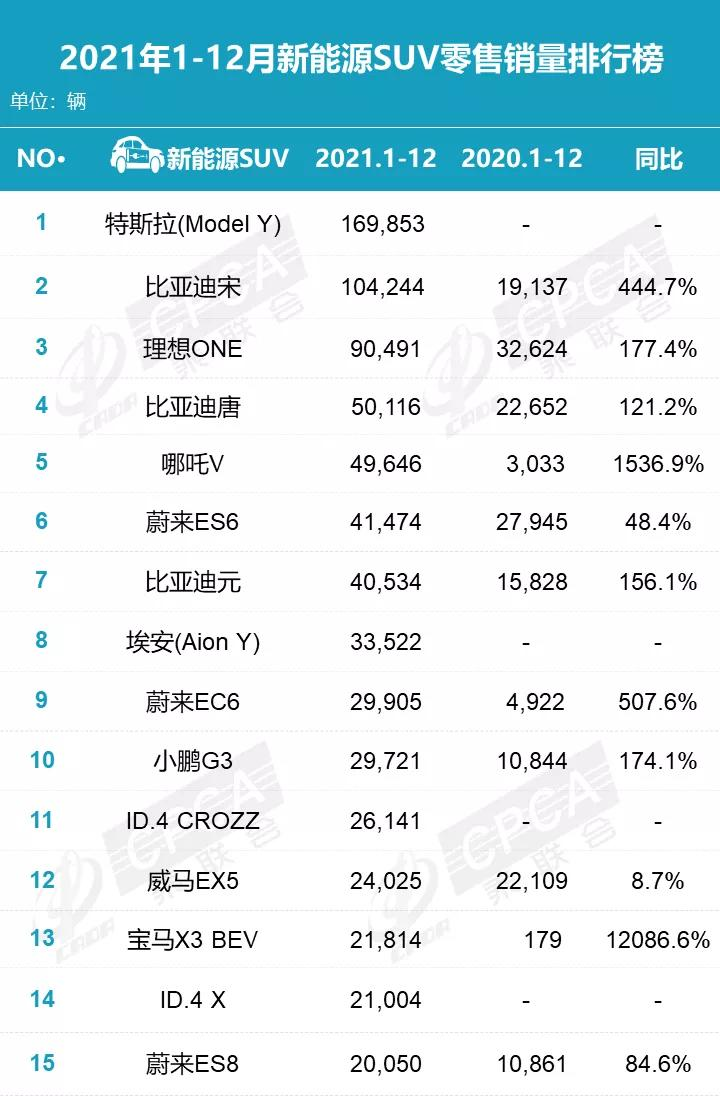 2022 is very likely to continue the rapid growth of China’s new energy market, with the China Association of Automobile Manufacturers expecting sales of new energy vehicles to exceed 5.5 million for the full year of 2022. Additionally, according to the latest policy, 2022 is the final year of national subsidies for new energy vehicles, with the subsidy scale adjusted to an unlimited amount, which will promote the market.
2022 is very likely to continue the rapid growth of China’s new energy market, with the China Association of Automobile Manufacturers expecting sales of new energy vehicles to exceed 5.5 million for the full year of 2022. Additionally, according to the latest policy, 2022 is the final year of national subsidies for new energy vehicles, with the subsidy scale adjusted to an unlimited amount, which will promote the market.
NIO Releases Aspen 3.1.0 In-car System Update
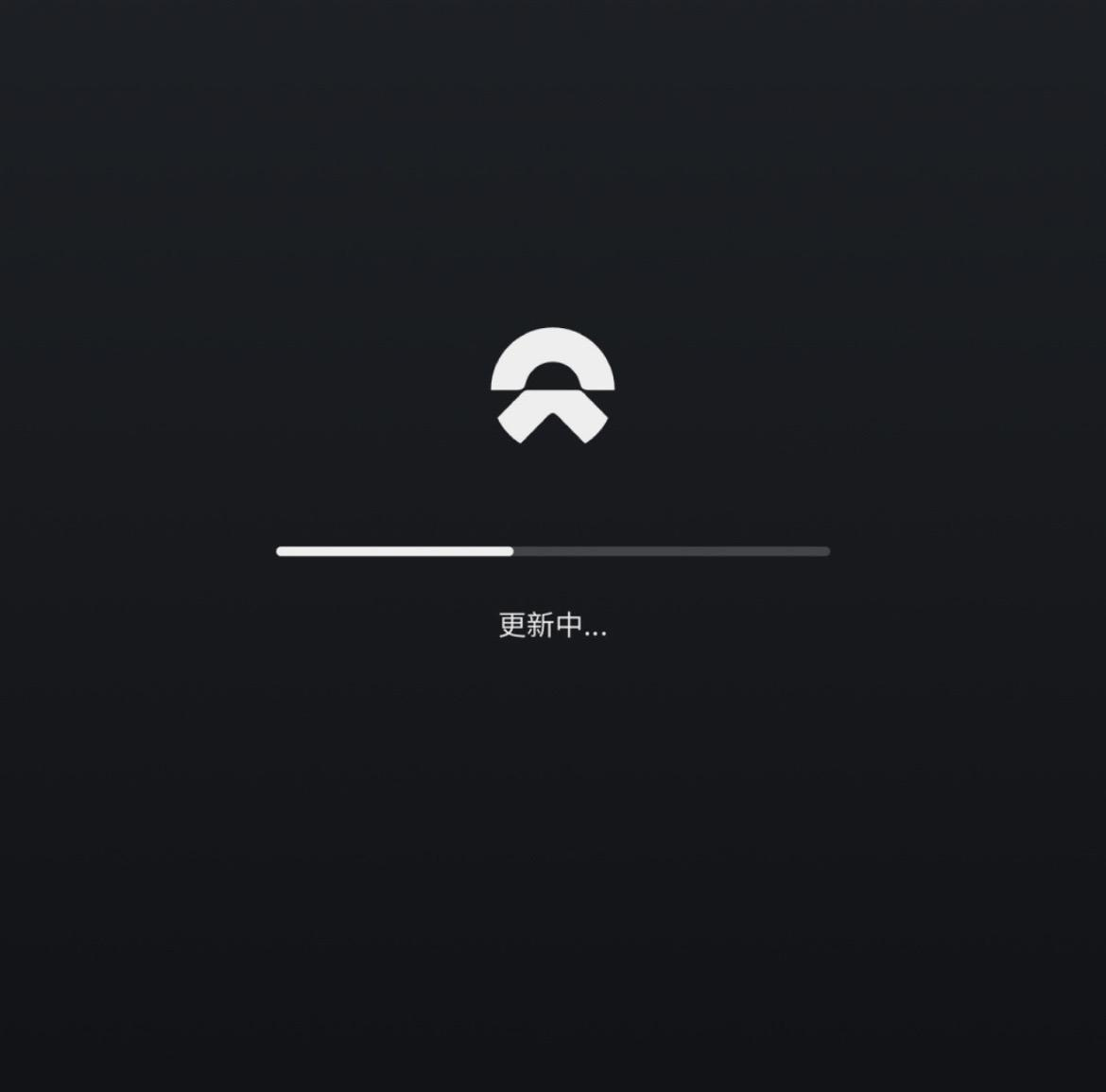
On January 15, 2022, NIO released the Aspen 3.1.0 in-car system update, with the main changes and updates as follows:
-
Improve the interface design in the light mode, including improving the readability of the upper-layer icons and text, among other things; optimization has also been made for the dark mode, including improving the contrast of the map interface.
-
Redesigned the dashboard UI, with the addition of an energy consumption curve on the right side of the instrument panel, which can display the energy consumption curve from the last trip.
-
Improved the Heads-up Display (HUD) effectiveness, by enlarging the icon on the left, moving the Autohold icon up, unifying the line width, adjusting the font weight, and the progress bar.
-
Overall system optimization, including the addition of the English version interface (currently without third-party applications and NOMI voice); the quick control screen can have a second page, which can be sorted by sliding; a Task Manager is added to quickly switch between applications; an electric swap information card is added to dynamically display information.
-
You can use phone Bluetooth to unlock and start the vehicle, but currently cannot realize touchless entry, still requiring phone app manual unlocking.
-
Call NOMI to achieve continuous conversation, without waiting for a reply before saying a command. In addition, NOMI supports more instructions, adds emoticons, and slightly improves response and wake-up speed.
-
Optimized the 360-degree surround view, reducing the vehicle model and leaving a 20-30cm safety distance display; optimized the radar display interface; added dynamic transparent chassis.
-
Optimized NOP performance. Under NOP status, you can one-button adjust to the limit speed; when following a car, you can adjust the speed; optimized the smoothness of automatic deceleration when exceeding the speed limit; adjust the speed on a large curvature bend to avoid deviation from the center line; automatic parking reduces tire wear, parking search speed can be as high as 21 km/h; optimized the smoothness of deceleration during NOP entry into the toll station; improved the lane-changing ability of virtual and solid lines.
-
Other updates include improving the compatibility of wireless charging and optimizing air suspension.
Quick Review:
NIO revealed that in the second quarter of 2022, more apps will be added to the in-car system and the intelligent cabin function will be upgraded, such as the addition of a driving recorder, etc. In addition, NIO Q2 will also include external power supply and camping mode, so stay tuned.
Tesla’s Cold Weather Heat Pump Air Conditioning Failure Investigated Abroad.According to Canadian media reports, many Tesla owners complained that the heat pump air conditioning would malfunction in extremely cold weather. In early last year, Tesla replaced the heat pump sensor for Model 3 and Model Y from 2020 to 2021 to address this issue.
The Canadian automotive safety regulator has launched an investigation into the heating and cooling systems of Tesla Model 3 and Model Y, with 16 consumers previously complaining about the heating performance of the heat pump air conditioning in cold weather.
The National Highway Traffic Safety Administration (NHTSA) in the United States also followed suit by stating: “We are aware of this issue and are continuing to collect information, discussing it with Tesla, and evaluating potential safety concerns.”
Quick Comment:
Tesla expects to achieve a balance between energy consumption and heating effectiveness by coordinating low-pressure PTC, motor, and heat pump air conditioning through software. Judging from the complaints of users in cold regions of the United States and Canada, there may still be room for improvement in this coordinated heating approach.
In addition, the decrease in the activity of lithium batteries in cold weather is also an important factor affecting the winter range of electric vehicles. Currently, the experience of using electric cars in cold weather cannot satisfy all users.
Former CEO of Xpeng Motors Joins Xiaomi Automobile
The former CEO of Xpeng Motors, Yu Liguo, has been officially appointed as the Vice President of Xiaomi Automobile and the Political Committee Member of Xiaomi Automobile Beijing Headquarters.
According to reports, Yu will mainly be responsible for overall management of Xiaomi Automobile, promoting special business projects, organizing and constructing the Beijing Headquarters of Xiaomi Automobile, and directly reporting to Xiaomi Automobile CEO Lei Jun.
Quick Comment:
Yu Liguo has previously served as the Chief of the Strategic Planning Department of BAIC Group, a member of the Communist Party Committee, the Executive Deputy General Manager of BAIC New Energy, the Chairman of Langgu Smart Energy Company, and the President of Xpeng Automobile Division.
In March 2021, when he was the President of Xpeng Automobile Division, Yu Liguo attracted considerable attention by making inappropriate remarks in the Xpeng App community.
Yu Liguo holds a Doctorate degree in engineering from Beijing Institute of Technology and has extensive experience and connections in the automotive industry. His work experience at Beijing Automotive Blue Valley and Xpeng Motors may be of great help to the branding and overall management of Xiaomi Automobile.
LG Energy Solution’s IPO Financing will Exceed CNY 10.8 Billion# LGES Plans to Break Samsung Life’s Korean Stock Market Financing Record with IPO
LGES (LG Energy Solution) is making big moves this year. The company has recently launched an IPO in Korea, with the maximum fundraising amount reaching $10.8 billion. This move is expected to break Samsung Life’s Korean stock market financing record set during the 2010 IPO. Currently, LGES’s company valuation exceeds $50 billion.
While preparing for its IPO, LGES is also expanding its production of power batteries and developing its iron lithium product line in an orderly manner. Executives have publicly stated that there is an opportunity to surpass their competitor CATL. LGES’s CEO has indicated that the company currently has a large number of backlogged orders (with a total value of approximately $217 billion) and has a stronger reserve of intellectual property rights, with a wider range of customers worldwide as well.
LGES also confirmed that the company will produce phosphate iron lithium batteries for electric vehicles and energy storage businesses in the future. The funds raised by this IPO will be mainly used for the expansion of the company’s Michigan plant in the United States (increasing annual production capacity from 5 GWh to 40 GWh) and the European battery factory in Poland.
Quick Comment:
Previously, LG’s soft pack batteries caused fires in the Hyundai Kona EV and Chevrolet Bolt models, resulting in severe battery safety issues. This has put LG under tremendous pressure from multiple parties, and their market share has been surpassed by their competitor CATL after they secured the Tesla order. This year, LGES is clearly starting to pick up the pace. As the new energy market continues to grow, competition in the international power battery market is bound to intensify.
